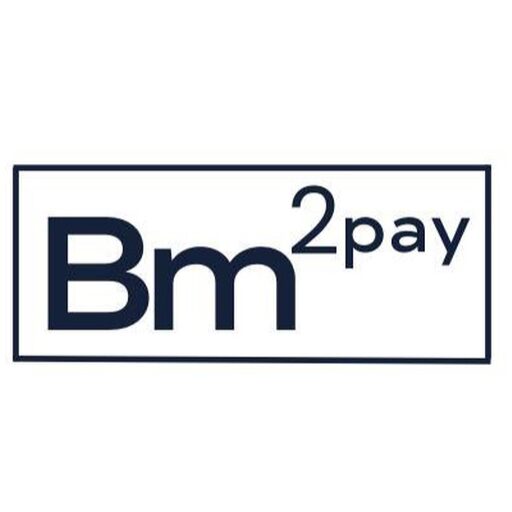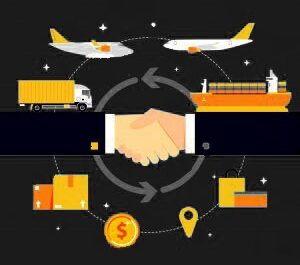Most online enterprises seek to expand their activities across borders into new markets. The costs of opening and translating global websites, managing local operations and logistics, developing regional advertising, stocking inventory and organizing payment processing can be prohibitive. Some ecommerce businesses prefer to test the waters in new cross-border markets before investing large sums upfront.
The eCommerce marketplace – opening doors to new markets
The eCommerce marketplace business model enables online businesses to extend to new markets and sell their merchandise in unknown territories at relatively low cost. Large enterprises like Amazon, Etsy, eBay, Snapdeal, AliExpress and others are experiencing huge success using this model. According to the latest research, Amazon and eBay accounted for nearly 50% of US online sales last year. A ChannelAdvisor survey indicates that almost 65% of consumers noted that they feel comfortable purchasing from unfamiliar merchants on marketplaces. This bodes well for relatively new brands seeking to make a name for themselves in unfamiliar audiences.
Marketplaces – Pros and cons
There are many advantages to joining a marketplace, for example:
- Avoiding a large upfront investment in an untested market
- Acquiring an extensive, readymade customer base in new locations
- Gaining the instant trust of buyers who are already familiar with the marketplace’s reputation
- No dealing with product inventory which is often handled by the marketplace
- Delivery services are offered by the marketplace, which has its own courier service
Marketplaces also have their drawbacks. For example, in many cases:
- You may be forced to lower prices to compete with other vendors selling similar merchandise
- You are not allowed direct interaction with the buyer, which makes it difficult to establish a long-term relationship
- You cannot customize your page or make it stand out to attract new customers
- You are not allowed to create your own policies regarding service inquiries, delivery times, returns
- You cannot perform SEO to promote your brand in the search engines
- You pay various fees at different marketplaces that can add up
What do you need from a marketplace?
Before choosing which marketplace to join, ask yourself which issues really matter to you and whether the marketplace can meet your needs in each area.
Here are some questions you might want to consider: If you view building up your brand as vital, check to see if the marketplace offers you the ability to do so. Does the marketplace enable you to encourage repeat customers? From the aspect of expenses, are the various fees being charged worthwhile? Does the initial fee include features such as delivery, inventory, image adjusting, and others, or do you have to pay separately for each service?
Payments – A key element in marketplaces
While all of the elements above should be taken into consideration, it is vital to examine the prospective marketplace’s payment platform and the options it offers. Make sure the marketplace provides the following services:
Flexibility and scalability
When scaling to new geographies, you must be able to offer local payment cards and familiar payment methods, from e-wallets to debit cards. You must also have the option to accept payments through a variety of devices including websites, smartphones, tablets and more. No less important is the ability to scale to new markets quickly, with local payment capabilities intact from the onset.
Security and fraud screening
Check whether the marketplace is PCI compliant across the board. If you are about to launch into European markets, check that the marketplace is prepared for the PSD2 directive scheduled to come into effect in 2019. The directive stipulates that any intermediary party handling funds from a seller or a buyer must hold a payment institution license. Also ensure that the marketplace conducts effective fraud screening in different countries according to the local risk level.
Independent payments
Make sure that you are granted independent payment capabilities and that your revenue is in no way connected to the marketplace or other vendors. Check that you will be able to generate reports regarding your payment activities at each location. In-depth understanding of these processes provides insights into payment characteristics for different verticals and regions, enabling you to make improvements.
Find the best solution for your needs
Marketplaces fulfill an important function but there is no “one size suits all” solution. You need to find a marketplace that meets the needs that you feel are important for your particular business and brand. No two businesses are identical, so a model that suits another enterprise may not be suitable for yours. Examine the issues discussed above and then choose the marketplace that will yield the best results on your terms.





